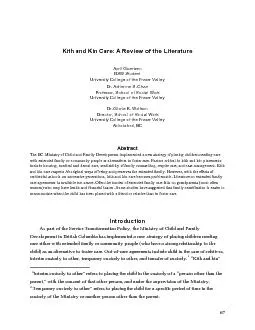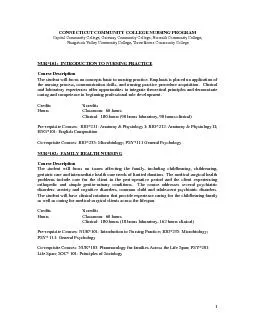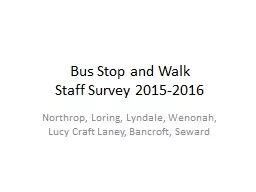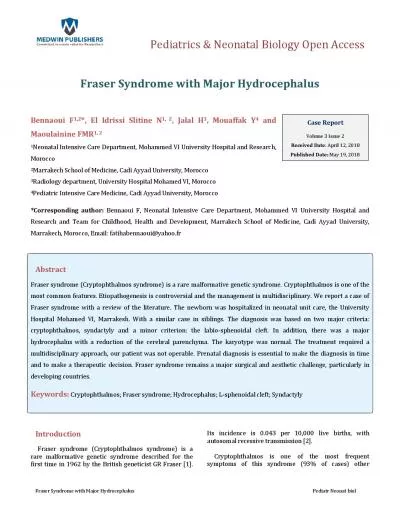PDF-BSW Student University College of the Fraser Valley Dr. Adrienne S. Ch
Author : tatyana-admore | Published Date : 2015-08-22
As part of the Service Transformation Policy the Ministry of Child and Family Development in British Columbia has implemented a new strategy of placing children
Presentation Embed Code
Download Presentation
Download Presentation The PPT/PDF document "BSW Student University College of the Fr..." is the property of its rightful owner. Permission is granted to download and print the materials on this website for personal, non-commercial use only, and to display it on your personal computer provided you do not modify the materials and that you retain all copyright notices contained in the materials. By downloading content from our website, you accept the terms of this agreement.
BSW Student University College of the Fraser Valley Dr. Adrienne S. Ch: Transcript
Download Rules Of Document
"BSW Student University College of the Fraser Valley Dr. Adrienne S. Ch"The content belongs to its owner. You may download and print it for personal use, without modification, and keep all copyright notices. By downloading, you agree to these terms.
Related Documents














